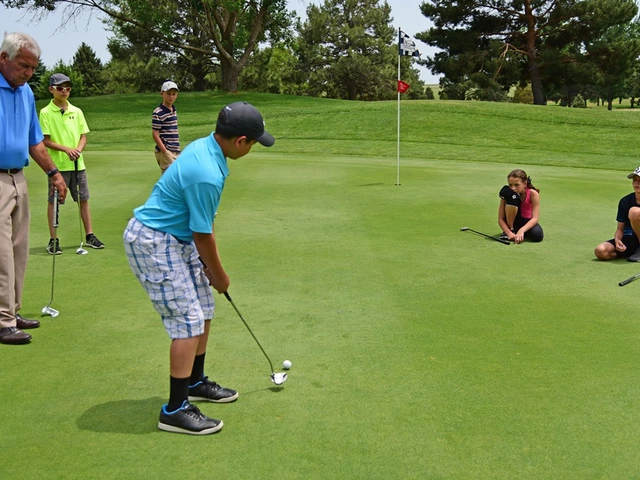Rubber Tees – Everything You Need to Know
When talking about Rubber Tees, small, flexible tees made from synthetic rubber that hold the ball steady while offering durability and a soft feel. Also known as synthetic tees, they replace the traditional wooden option in many clubs. Rubber tees are prized for their ability to absorb impact, which means less splintering and a more consistent tee‑shot. Compared with golf tee, any device used to elevate a ball for the first stroke, rubber versions usually last longer and stay flexible even after repeated hits. Within the broader golf equipment, clubs, balls, bags and accessories that a player uses, rubber tees are a low‑cost, high‑impact addition. They come in various lengths, from short practice tees to longer launch tees for drivers, and many are designed to be biodegradable, reducing waste on the course.
Why Rubber Tees Dominate the Driving Range and Course Rules
Most driving ranges choose rubber tees because the material holds up under constant use; the range can keep hundreds of tees on the ground without seeing them break or splinter. This durability ties directly to the semantic fact that "rubber tees provide better durability than wooden tees" – a clear benefit for high‑traffic areas. Courses that enforce environmental guidelines often require environmentally friendly tees, teeing devices that break down naturally and don’t litter the fairway. Using rubber tees made from biodegradable compounds satisfies that rule while still giving players a reliable tee. The relationship "golf courses often require biodegradable tees to protect the environment" illustrates how sustainability influences tee choice. Meanwhile, at a driving range, a practice facility where golfers hit balls into a field of targets, players benefit from the consistent bounce and reduced ball spin that rubber tees provide, which can improve swing feel and accuracy.
Choosing the right tee height is a simple yet crucial decision. A tee that’s too low forces the club to strike the ball at a steep angle, while a tee that’s too high can cause topping. With rubber tees, the flexible shaft lets you experiment with height without worrying about the tee snapping. For drivers, a 2‑inch tee often works best; for irons, a 1‑inch tee gives a clean contact. Cost‑wise, a pack of rubber tees costs a few pounds, but because each tee lasts many rounds, the per‑use price drops dramatically compared to wood. Maintenance is minimal – just keep them clean of dirt and they’ll stay ready. If you’re a beginner, start with the standard length and feel how the tee’s softness affects your swing; more advanced players might select a stiffer rubber tee for added control. The interplay "rubber tees reduce ball spin on the tee shot" shows why many instructors recommend them for swing drills. By the time you finish reading this guide, you’ll have a clear picture of how rubber tees fit into your overall set of golf equipment and why they’re a smart choice for both practice and play. Below you’ll find articles that dive deeper into tee selection, range etiquette, and eco‑friendly gear, giving you a full toolbox for a better game.
Golf: Why are the rubber tees at the driving range so tall?
You might be wondering why the rubber tees at the driving range are so tall. The main reason is that it's all about accommodating various styles and preferences of golfers. These tees have a height that works for most golfers for standard drives. The tall tees at the driving range allow golfers to practice hitting the ball at different heights, which can be beneficial in a real game scenario. So next time you're at the range, remember, the tall tees are there to help you improve your swing!
Categories
- Sports & Recreation (5)
- Business (4)
- TV & Entertainment (2)
- Language Learning (1)
- Automotive Reviews (1)
- Golf Travel Tips (1)
- Golfing Regulations and Rules (1)
- Golf Equipment Reviews (1)
- Sports and Lifestyle (1)
- Sports Equipment Reviews (1)
Popular Articles

